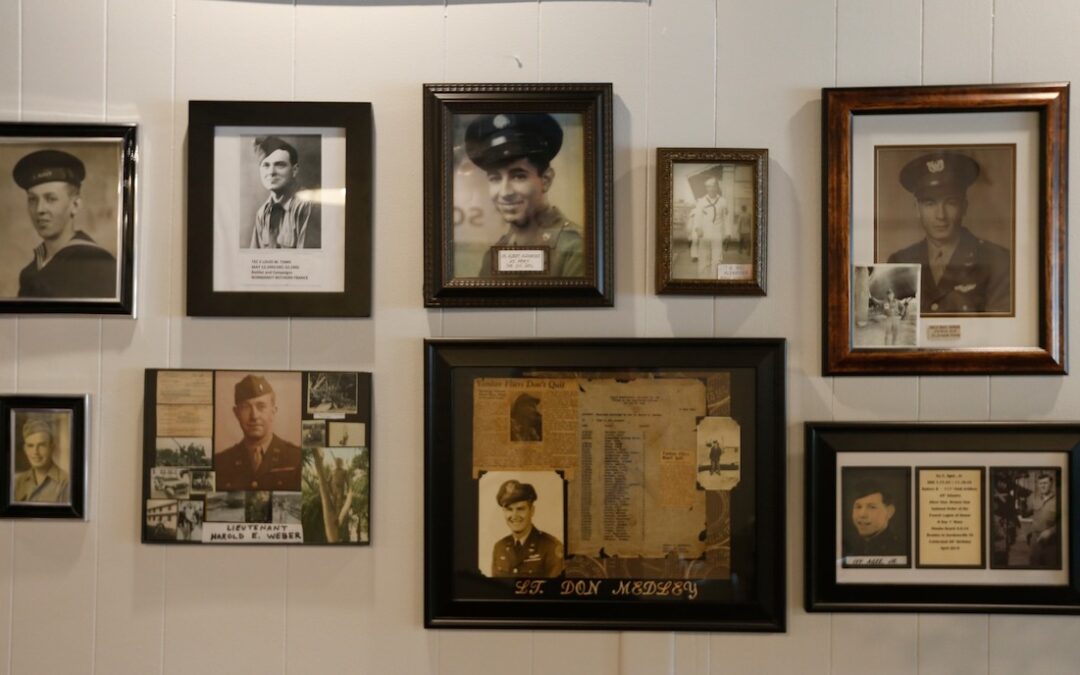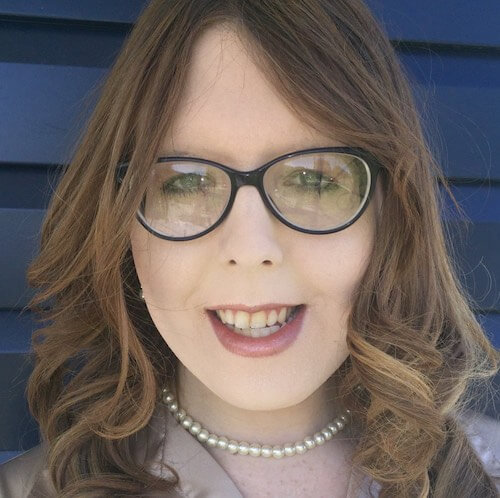
"Welcome to Virginia" sign along eastbound U.S. Route 58. (Famartin/CC BY-SA 4.0)
Discover the meaning behind popular Virginia sayings, from “Old Dominion” to “757” and “Hokie.”
If you’ve spent any time in Virginia, you’ve likely heard some phrases that make perfect sense to locals but leave outsiders scratching their heads. From historical nicknames like “Old Dominion” to regional shorthand such as “RVA” and “757,” Virginia’s unique sayings are steeped in tradition, geography, and local pride.
Whether you’re a lifelong Virginian or just passing through, understanding these terms can give you a deeper appreciation for the commonwealth’s rich history and culture. Here’s a breakdown of some of the most iconic Virginia sayings and slang.
1. Old Dominion
Virginia is called the “Old Dominion” because it was the first, or oldest, of England’s overseas dominions. The term likely originates from the fact that Virginia was considered the fifth realm of the English Crown, as indicated on the colony’s seal from 1607 to 1624. This status was tied to England’s broader claim to multiple thrones, including those of Scotland, Ireland, and France. The title “Old Dominion” highlights Virginia’s foundational role in England’s American colonies and its enduring significance over time.
2. The commonwealth
Virginia is often referred to as “the commonwealth,” a term that traces back to its history during and after the English Civil War. In 1649, England became a commonwealth when the monarchy and House of Lords were abolished. Virginia briefly adopted this designation during this period until the monarchy was restored in 1660. The term was reintroduced in Virginia’s 1776 constitution, likely to emphasize that the state’s government was founded on the sovereignty of the people, working together for the common good.
3. Virginia is for lovers
Unveiled in 1969, “Virginia is for Lovers” is a slogan that has had staying power. Originally crafted by The Martin Agency to attract younger travelers, the phrase was a simplification of early taglines like “Virginia is for history lovers” and “Virginia is for beach lovers.” Though initially bold for a tourism campaign, it quickly resonated, evolving beyond romance to symbolize a love for everything Virginia offers—history, culture, outdoor adventures, and more.
More than 50 years later, the slogan remains a core part of Virginia’s identity. It’s seen on merchandise, bumper stickers, festivals, and over 300 LOVEworks installations across the state.
4. Mother of presidents
Virginia is called the “Mother of Presidents” because it’s the birthplace of more U.S. presidents than any other state—eight in total. Four of the first five presidents came from Virginia, including George Washington, Thomas Jefferson, James Madison, and James Monroe. As the largest and most prosperous of the British colonies, Virginia played a major role in shaping early American leadership.

Virginia has produced eight U.S. presidents, including George Washington. (Aila Boyd)
5. NOVA
Northern Virginia is often shortened to “NOVA,” a nickname that reflects its distinct identity within the commonwealth. As Virginia’s cultural region, NOVA is a dynamic blend of history, arts, dining, and shopping, spanning Alexandria, Arlington, Fairfax County, Loudoun County, and Prince William County. It’s home to over 2.5 million residents. While it borders Washington, D.C., the region maintains a character that is uniquely Virginian, offering visitors a diverse and vibrant experience.
6. DMV
The term “DMV” is commonly used to refer to the District of Columbia, Maryland, and Virginia, emphasizing the close ties between these areas. The region is known for its diverse communities, rich history, and vibrant cultural scene, offering everything from historic landmarks to top-tier dining, scenic parks, and waterfront attractions—all easily accessible via the Metro. However, some may confuse “DMV” with the Virginia Department of Motor Vehicles, which shares the same acronym but is entirely unrelated to the regional nickname.
7. RVA
“RVA” is a widely used abbreviation for the Greater Richmond Region, reflecting local pride and community identity. Home to over one million residents across urban, suburban, and rural areas, RVA serves as Virginia’s capital region. It houses key governmental institutions, including the Virginia State Capitol, the U.S. Courthouse for the Eastern District, and the U.S. Court of Appeals for the 4th Circuit.

Richmond is often colloquially referred to as “RVA.” The Virginia State Capitol is pictured here. (Aila Boyd)
8. SWVA
Southwest Virginia, often shortened to “SWVA,” is a vast and rugged region encompassing 19 counties, four independent cities, and 53 towns along Virginia’s southern and western borders. Covering more than 8,600 square miles—larger than eight U.S. states—SWVA is defined by its breathtaking Appalachian landscapes, featuring mountain ridges, fertile valleys, national and state parks, and extensive forests. The region is renowned for its rich cultural heritage, particularly in traditional music, crafts, and outdoor recreation. While historically reliant on industries like tobacco, coal mining, and manufacturing, SWVA has been shifting toward a creative economy, with initiatives such as The Crooked Road and the Southwest Virginia Cultural Center & Marketplace promoting local artisans and entrepreneurs.
9. Southside
In Virginia, the term “Southside” refers to the region stretching from the James River to the North Carolina border, encompassing counties as far east as Isle of Wight and Southampton and extending west to the Blue Ridge foothills. Historically, Southside Virginia played a significant role in agriculture, serving as the state’s primary center for tobacco farming, along with cotton and peanut cultivation in its southeastern areas. The region has also been shaped by key moments in U.S. history, including Civil War battles and civil rights protests. Once a hub for the textile and furniture industries, Southside has faced economic challenges in recent years due to the decline of these sectors.
10. 757
Virginians commonly refer to the Hampton Roads region as “the 757,” a nod to the area’s telephone area code, which was introduced on July 1, 1996. The code was created due to the increasing demand for phone numbers, splitting from the original 804 area code. The 757 designation covers Hampton Roads, Williamsburg, Newport News, Hampton, Norfolk, Chesapeake, Portsmouth, Suffolk, Virginia Beach, and Virginia’s Eastern Shore. Over time, “the 757” has become more than just a dialing prefix—it’s a cultural identifier, representing the region’s coastal lifestyle, military presence, and vibrant music and arts scenes.
11. VB
Virginia Beach is often colloquially referred to as “VB” as a convenient and affectionate shorthand for the city’s full name. As a bustling coastal destination where the Chesapeake Bay meets the Atlantic Ocean, Virginia Beach attracts visitors year-round, especially during the summer when the boardwalk and oceanfront come to life. With its diverse districts, thriving dining scene, rich maritime history, and vibrant arts and entertainment, “VB” has become more than just an abbreviation—it’s a symbol of the city’s energetic and welcoming spirit.

Virginia Beach is often shortened to “VB.” (Virginia Beach Convention & Visitors Bureau)
12. Neptune City
Virginia Beach is often called the “Neptune City” in honor of King Neptune, the legendary ruler of the sea who stands watch over the resort area. A towering 34-foot bronze statue of the sea god welcomes visitors at Neptune Park on the boardwalk at 31st Street, serving as a symbol of the city’s deep connection to the ocean. This maritime identity is further celebrated each year during the Neptune Festival, a citywide event featuring over 40 activities across Virginia Beach’s three shorelines. From the Neptune Art & Craft Show to the International Sand Sculpting Championships, the festival highlights the city’s vibrant coastal culture, reinforcing its well-earned nickname.
13. Hokie
Virginia Tech’s identity as the Hokies can be traced back to 1896 when the school underwent a name change from Virginia Agricultural and Mechanical College (VAMC) to Virginia Agricultural and Mechanical College and Polytechnic Institute—often shortened to Virginia Polytechnic Institute (VPI). This change rendered the existing school cheer outdated, prompting a competition to create a new one.
A student from the Class of 1896, O.M. Stull, submitted the winning cheer, which included the now-iconic chant: “Hoki, Hoki, Hoki, Hy; Techs! Techs! V.P.I.!” Interestingly, Stull later admitted that the word “Hoki” was entirely made up—simply a spirited, attention-grabbing addition to the chant. Despite having no literal meaning, the term quickly took hold, and soon after, “Hokies” became a commonly used nickname for Virginia Tech athletes and students alike.
However, for much of the early 20th century, the university’s sports teams were primarily known as the “Gobblers,” a name reportedly inspired by the way athletes consumed their meals. This turkey-related moniker influenced the school’s first live mascot—a trained gobbler brought to games by Floyd “Hard Times” Meade, a local youth who entertained crowds with his antics. Over time, the Gobbler mascot evolved into the costumed HokieBird we know today.
While the term “Hokie” may have started as a nonsense word, it has since become a deeply ingrained part of Virginia Tech’s culture, symbolizing school pride, tradition, and the energetic spirit of the university community.
This article first appeared on Good Info News Wire and is republished here under a Creative Commons license.

Fort Gregg-Adams’ commanding general says legacies will live on despite post name change
Lt. Gen. Arthur Gregg and Lt. Col. Charity Adams may be having their names removed from the signs at Fort Gregg-Adams, but the post’s commanding...

Bedford’s lasting legacy: How a small Virginia town became the heart of D-Day remembrance
In a country filled with grand monuments, a quiet corner of Virginia keeps the human cost of war vividly alive. When many Americans think of D-Day,...

A brief (but far from boring) history of Tangier Island
Discover the rich history of Tangier Island, from Indigenous fishing grounds to a War of 1812 freedom sanctuary. Rising barely above the Chesapeake...

12 key stops on the Underground Railroad in Virginia
Discover key sites in Virginia connected to the Underground Railroad and the courageous stories of freedom seekers and their allies. From the 17th...

Black History Month explained: Its origins, celebrations and myths
By HAYA PANJWANI Associated Press WASHINGTON (AP) — Beginning Feb. 1, schools, museums and communities across the nation will mark the start of...

A daily journey through Virginia’s Black history: From Civil Rights to cultural icons
Join us as we take you on a daily journey across Virginia to explore some of the most meaningful ways that Black history shaped the commonwealth....





